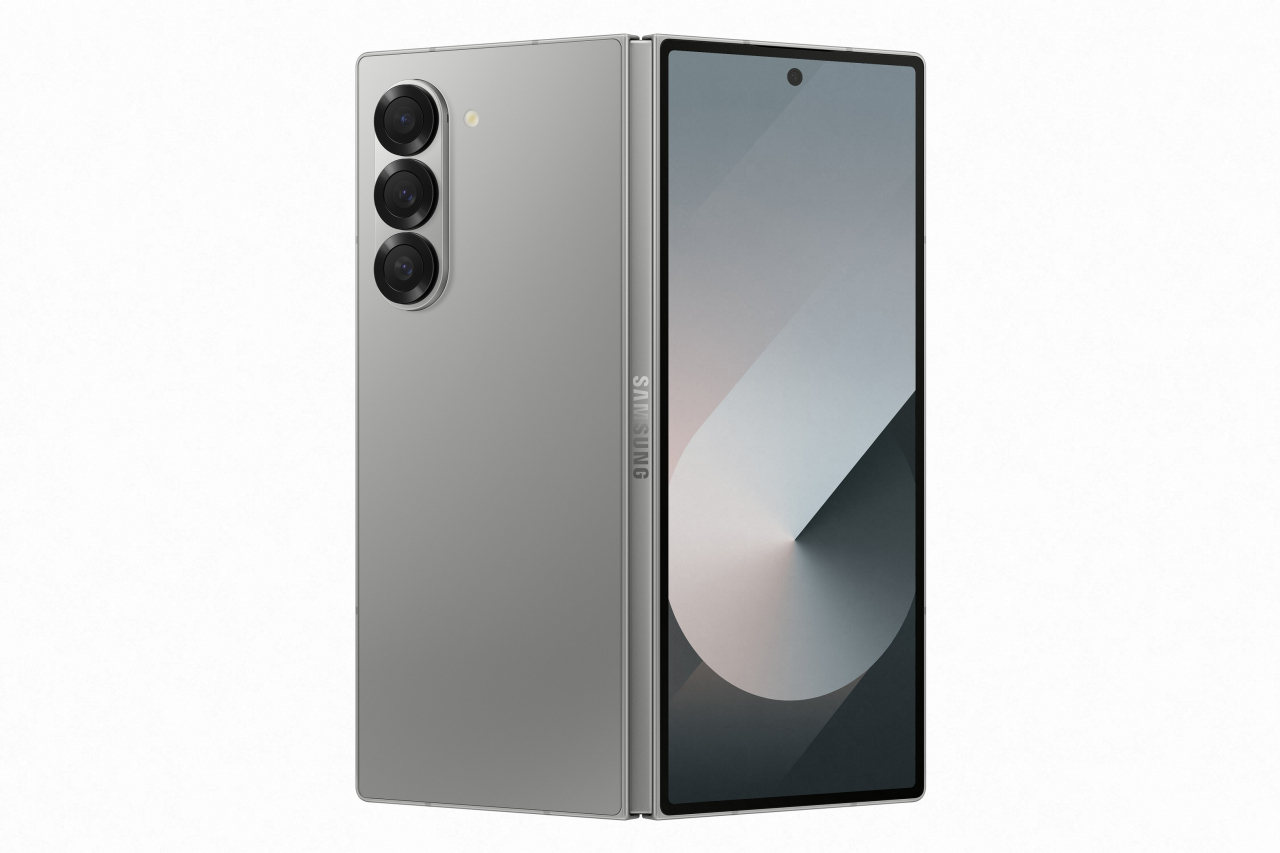Samsung
Samsung faces tougher SE Asia challenge from China
 |
Samsung Electronics' Galaxy Z Fold6 (Samsung Electronics) |
Samsung Electronics has retained its leading position in Southeast Asia’s major smartphone markets, but faces fiercer competition from Chinese rivals with cheaper pricing, according to an industry report Thursday.
In the April-June period, Samsung held an 18 percent market share in five major countries -- Indonesia, the Philippines, Thailand, Vietnam and Malaysia -- according to the report by market tracker Canalys. The figure was down by 2 percentage points compared to a year ago, closely followed by Xiaomi’s 17 percent and Oppo’s 17 percent, both from China.
During the same period, Samsung shipped 4.4 million smartphones, a modest 5 percent on-year growth, compared to Xiaomi’s 37 percent and Oppo’s 24 percent.
Across individual countries, Samsung, the world’s largest smartphone maker by shipment, failed to rank No. 1 in any of the markets. Xiaomi was the top seller in Indonesia and Malaysia, while Oppo topped sales in Thailand and Vietnam.
Canalys said that Chinese smartphone makers are leading the way with aggressive pricing and sales incentives, taking advantage of regional price sensitivity in Southeast Asia.
So far, Samsung has maintained its top position largely due to its dominance in mid- to low-priced phones sold in emerging markets rather than in the saturated premium segment.
Recently, Samsung lost its lead to Xiaomi in India, the world’s largest smartphone market, with its global market share falling to 19 percent in the second quarter from 21 percent a year ago. During the same period, Xiaomi’s global market share increased from 13 percent to 15 percent.
“Since Southeast Asian smartphone users are seeking affordable phones, unless Samsung Electronics steps up its pricing strategy to compete with Chinese companies, it will eventually lose its top position in the Southeast Asian market. Competing on price is essential,” an industry source said on the condition of anonymity.
Other sources said the growth of the premium segment in the Southeast Asian smartphone market is expected to positively impact Samsung, which is bolstering its flagship lineup, including the Galaxy S series. In the first half of this year, the premium devices priced over $600 reached 5.1 million units, an 18 percent increase compared to a year ago.
“Samsung has realigned its global strategy with a laser focus on the high-end market. By investing heavily in marketing and creating exclusive pop-up events to showcase its AI capabilities, the company aims to enhance consumer awareness and drive device upgrades,” said Canalys analyst Le Xuan Chiew.
In the meantime, Samsung has said it plans to counter Chinese smartphone makers by expanding AI adoption across all smartphone segments.
By Jie Ye-eun (yeeun@heraldcorp.com)





![[Exclusive] Hyundai Mobis eyes closer ties with BYD](http://res.heraldm.com/phpwas/restmb_idxmake.php?idx=151&simg=/content/image/2024/11/25/20241125050044_0.jpg)


